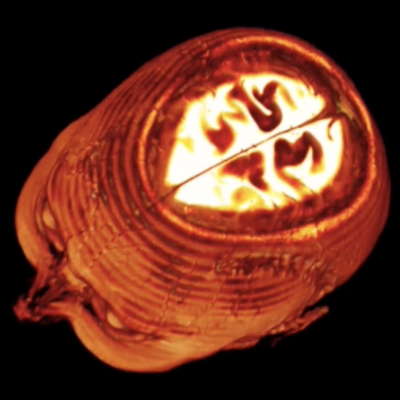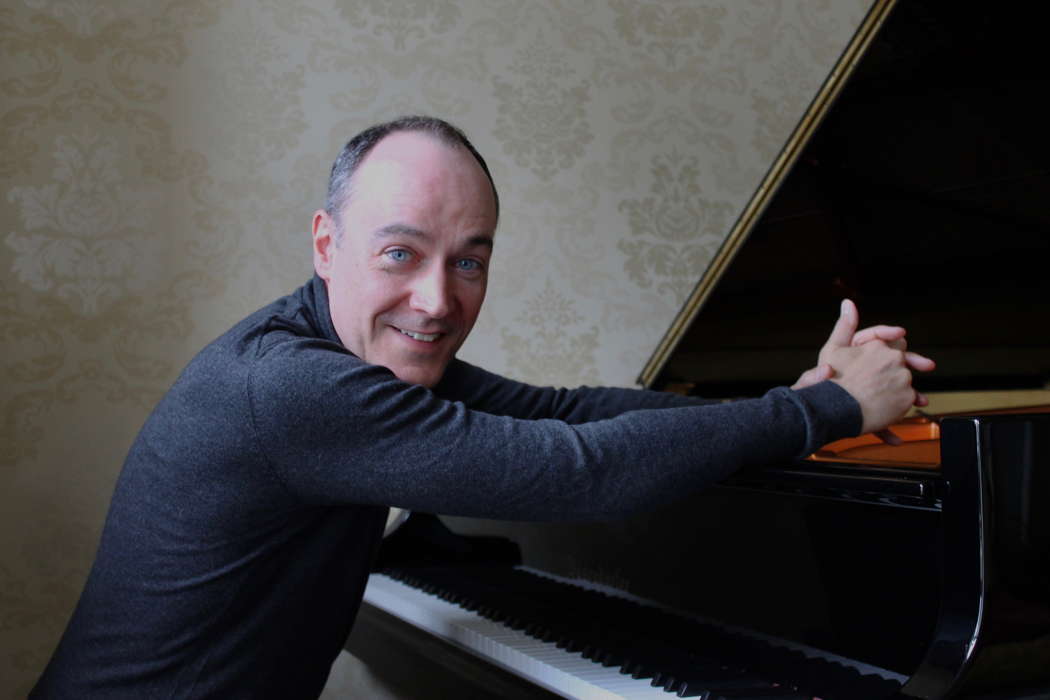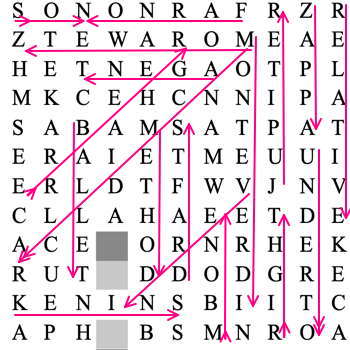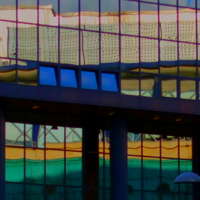 DISCUSSION: Composers Daniel Schorno and John Dante Prevedini discuss creativity, innovation and re-invention with Maria Nockin, Mary Mogil, Giuseppe Pennisi and Roderic Dunnett.
DISCUSSION: Composers Daniel Schorno and John Dante Prevedini discuss creativity, innovation and re-invention with Maria Nockin, Mary Mogil, Giuseppe Pennisi and Roderic Dunnett.
Deeply Satisfying
MIKE WHEELER enjoys Leon McCawley's Nottingham recital of Beethoven, Rachmaninov, J S Bach transcribed by Liszt, and Mendelssohn
I've commented before on not underestimating early Beethoven. Leon McCawley started his Sunday morning recital with another example - Royal Concert Hall, Nottingham, UK, 17 November, 2024. His Piano Sonata in A, Op 2, No 2 is full of his truculently mischievous way with his Haydn/Mozart heritage, and McCawley caught a consciously sly tone in the first movement's opening, allowing Beethoven's daring to build gradually from there. His thoughtful, introspective account of the second movement featured quietly insistent left-hand footsteps, leading to a forceful middle section. The third movement's opening figures sparkled, setting a pace which McCawley maintained through the Trio section. An unobtrusive sense of purpose marked the finale, allowing a later incisive episode to make its mark without exaggeration. The gentle ending was deeply satisfying.

Leon McCawley. Photo © 2018 Anna Paik
The softly undulating figures at the centre of Rachmaninov's Étude-Tableau Op 39, No 2, left room for a turbulent middle passage, and the ending was simply allowed to dissolve.
In Liszt's transcription of J S Bach's Prelude and Fugue, BWV 543 for organ, McCawley pointed up the contrast between the Prelude's rippling figures and more incisive writing. The Fugue flowed graciously, the fugue subject making a well-observed climactic arrival in the left hand. There were subtle dynamic shadings in the powerful final pages.
Mendelssohn's Rondo Capriccioso, Op 14, has an introduction in the composer's Songs Without Words vein, which McCawley shaped with evident but unobtrusive care. The skippy figures animating the Rondo itself suggested a link back to the start of Beethoven.
There was more Rachmaninov to follow: his Prelude Op 32 No 5, in which McCawley combined the music's delicate traceries, with more of the wave-like motion which formed something of a recurring image throughout his recital.
Copyright © 25 November 2024
Mike Wheeler,
Derby UK





